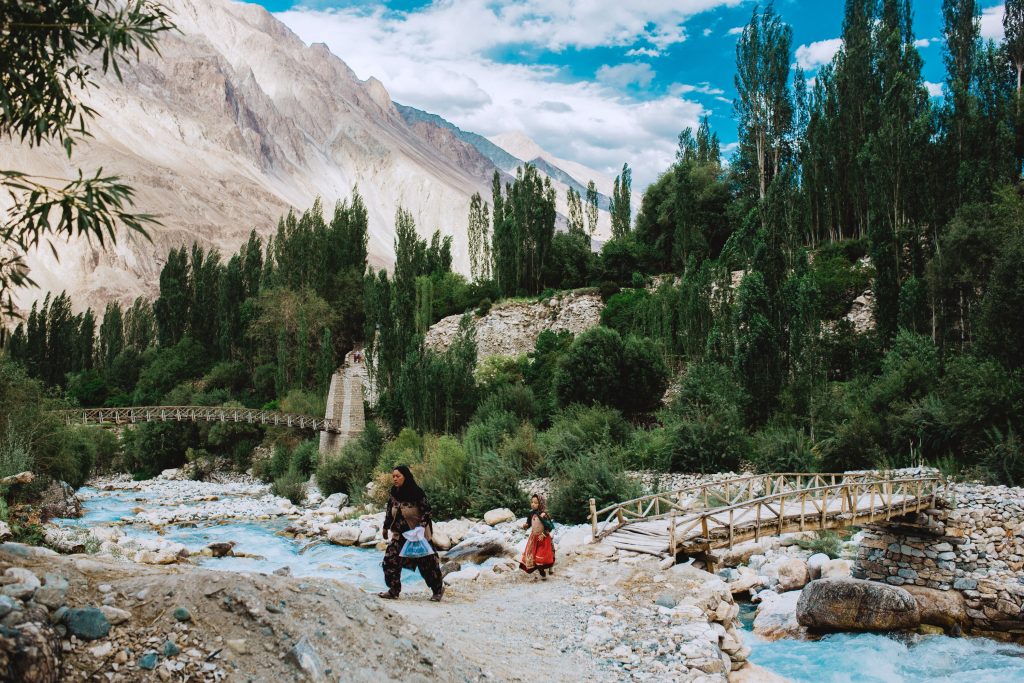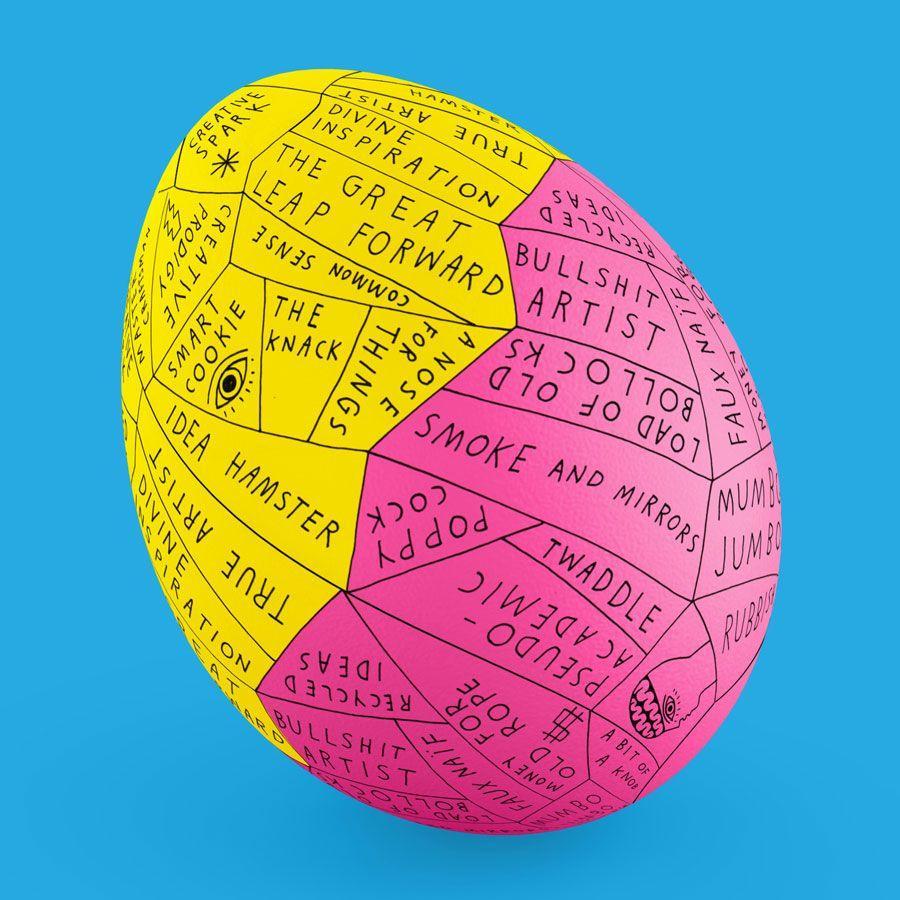Globalisation elicits mixed opinions. Is it good for us? Or is it a bad thing? One thing for certain is that it has a major effect on cultural diversity.
The internet and social media have allowed global connections and the exchange of ideas to happen at an unprecedented rate. The magnitude of these changes is having a profound impact on our society.
Developing nations have gained economic development and growth. It’s true that this has helped improve public well-being and health. However, environmental and social consequences have arisen from an increasingly connected world.
What is Globalisation?
“Globalisation is the spread of products, technology, information, and jobs across national borders and cultures. In economic terms, it describes an interdependence of nations around the globe fostered through free trade.”
– Investopedia, n.d
Globalisation involves the spread of goods and information across national borders. Given how technology has improved, people can connect to other cultures far more easily than in the past.
However, globalisation often changes cultures and individual behaviours. This is especially true for groups that are less dominant in society (Kaul, 2014). This is known as acculturation.
Ladakh – Development ≠ Progress
One example of this is the effects of globalisation on the people of Ladakh.
Ladakh is located in the northeastern region of Kashmir, divided between Pakistan and India. Ruled by the Indian government, they have a total population of 290,000. The Ladakhi people lived a simple lifestyle – one based on a subsistence economy. They were a group with deep community ties, and during times of need, they could depend on each other (Norberg-Hodge, 2016, pp. 131). Their connection to and reliance on nature has helped them live a highly sufficient lifestyle (Norberg-Hodge, 2015).
By 1975, the way of living had drastically changed. The Indian government opened Ladakh to development (Local Futures, n.d). Roads and cities became permanent aspects of the Ladakh landscape as a result of industrial growth. At the same time, food, technology, and minerals were imported and subsidised. The Ladakhi people were now exposed to western lifestyles and cultures (Page, 2010).

Ladakh’s population has faced several challenges. These were a result of political, economic, and cultural developments. Thus, globalisation has altered their behaviour. It has changed how they interacted as a group and lived (Norberg-Hodge, 2015).
Ancient Futures: Learning from Ladakh is a documentary that examines the impacts of globalisation on the people of Ladakh. It depicts the social and environmental breakdowns that are occurring in Ladakh. It claims that they are the result of the political and economic decisions brought in under the globalisation model.
Australia
Australia is another example of the negative impacts of globalisation on culture (Daes, 2004). But in contrast to Ladakh, Australia is one of the most developed countries in the world (ranked 13th largest economy in the world).
For example, Australia ranks sixth globally in life expectancy (80.9 years for males and 85 years for females). But when we look at the Indigenous people of Australia, that figure is much lower (71.6 years for men and 75.6 for women).
So why is there a gap? The answer to that question lies in Australia’s history.
The First Inhabitants
The Aboriginal and Torres Strait Islanders have been estimated to have inhabited Australia for over 60,000 years. They were rich and diverse in culture – with over 300 languages spoken. For many, the land and culture is a core part of their identity.
“The land is my mother. Like a human mother, the land gives us protection, enjoyment and provides our needs – economic, social and religious. We have a human relationship with the land: Mother, daughter, son. When the land is taken from us or destroyed, we feel hurt because we belong to the land and we are part of it.”
– Djinyini Gondarra, n.d
The history of Australia is a horrific example of the impacts of colonisation. And whilst colonisation differs from globalisation, they share many elements.

A Divided Society
Aboriginal and Torres Strait Islander people in Australia face similar issues as those in Ladakh. They are also dealing with the social collapse of their communities (Australian Government: Australian Law Reform Commission, 2010).
The documentary Our Generation (2010) shows the impacts of western civilisation on Aboriginal and Torres Strait Islander people. It also highlights the prevalent prejudice that exists in these areas, as well as how globalisation has influenced many policies that have been implemented (Australian Human Rights Commission, n.d).
Globalisation – a Curate’s Egg

Globalisation has undeniably brought us a great deal of good. Technology and public health breakthroughs, for example, have allowed people to live more pleasant lives. Another benefit has been improvements in food production. It’s due to globalisation that those in the developing world can benefit from these services (Food and Agriculture Organisation, n.d).
However, the cultural destruction caused by globalisation is a major concern for many minority communities (Amadi & Agena, 2015, pp. 20). For instance, traditional cultures frequently value the components of each individual’s well-being (Norberg-Hodge, 2019, pp.124).
When emerging countries and indigenous peoples follow the highly competitive globalisation economic model, problems arise. As a result, the majority of the social and environmental effects are frequently caused by these changes (Ehrenfield, 2003). When it comes to the impact of globalisation on culture, Reverend Dr Djinyini Gondarra says it best:
“We live in a stage of anarchy. This is the people thing. Sub-culture is a culture that is destroying who we are. You cannot say it’s the Aboriginal people. It’s a disease, that’s just moving right across the world.”
– Djinyini Gondarra, Our Generation, 2010
Culture-It’s Important!
Although advancements in technology have made our lives easier, there are other factors that contribute to our happiness, such as cultural identity (Australian Government: Department of Health, 2019).
People from Aboriginal and Torres Strait Islander communities, for example, often prefer to live in rural places (also known as homelands or traditional land). This is often due to their people placing a larger focus on traditional culture (Lohoar et.al, 2014).

Ladakh and Australia are just two examples of how creating a worldwide consumer culture under the guise of globalisation and development can be riddled with problems (O’Brien & Leichenko, 2000). Their examples illustrate that traditional culture still has a place in the modern world. Additionally, we can learn a lot from traditional cultures. In particular, their practices and knowledge of nature can teach us a great deal in tackling some of our climate crises.
So, what’s next for us?
If we want the developing world to prosper sustainably, we’ll need to do more than grow economically like the West. Globalisation and the current economic focus places far too much emphasis on competitiveness and individualism. This style of thinking has separated us from the values that are essential to our happiness and contentment – which in turn has separated many groups from their traditional cultures.
Our goal should be attaining an economy of happiness. Local communities must be empowered, with the focus on developing these regions sustainably by recognising each nation’s strengths. For example, the Grameen Bank is one organisation that focuses on funding local development activities.

An example of this model is in Bhutan. They have an entirely different approach to growth. Bhutan has abandoned using the gross domestic product (GDP) to measure its national progress. Instead, they have developed a metric called the gross happiness index (GHI). This is due to the limitations of GDP, which solely gauges a country’s output-often leading to overconsumption and exploitation of natural resources. GHI assesses a country’s population’s happiness and well-being. Most importantly it considers cultural diversity and resilience. Much can be learned from Bhutan’s approach to growth, especially in how they favour citizen happiness over economic development.
Whether we like it or not, globalisation is here to stay. If we are to create a THRIVEable future, we must recognise the relevance of culture in the context of globalisation and development.
Acknowledgements
In the spirit of reconciliation THRIVE acknowledges the Traditional Custodians of Country throughout Australia and their connections to land, sea, and community. We pay our respect to their Elders past and present and extend that respect to all Aboriginal and Torres Strait Islander peoples today.























